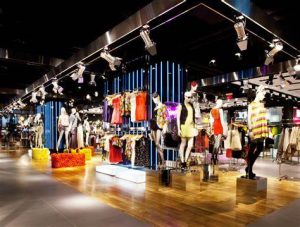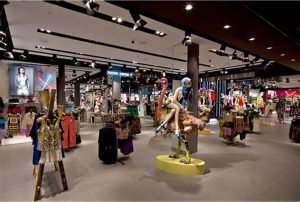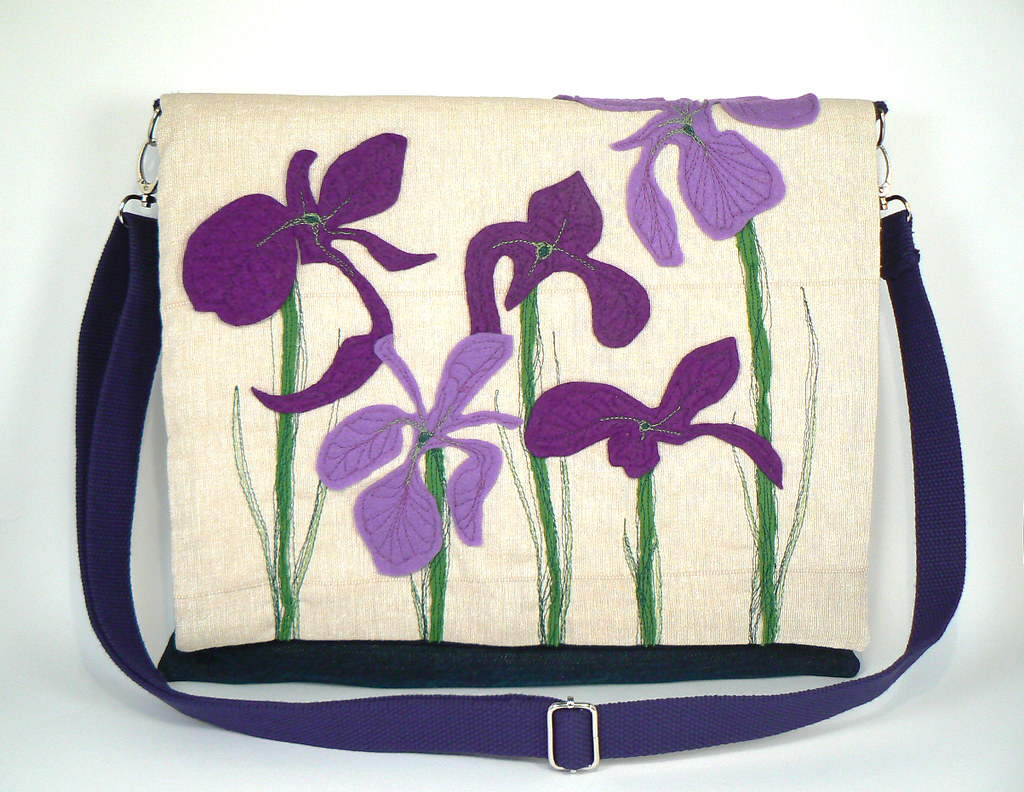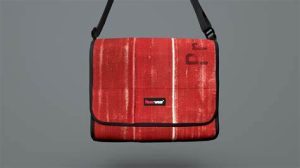Sustainable Sewing: The True Costs Behind Fast Fashion
Fast fashion has reshaped the clothing industry with its trendy styles and high-speed production. However, its environmental and ethical costs remain a major concern. Sustainable sewing offers a solution by reducing waste and promoting ethical labor practices. Let’s explore how slow fashion challenges fast fashion’s impact on personal style and the environment.
The Hidden Costs of Fast Fashion
Fast fashion brands focus on speed, affordability, and aesthetics. Yet, behind the scenes, the rapid production cycle harms workers and the environment. Many garments use synthetic fabrics, which contribute to pollution. Additionally, factories often operate under unfair labor conditions. Sustainable sewing seeks to counter these issues by emphasizing ethical sourcing and eco-friendly materials.
How Fast Fashion Brands Adapt to Sustainability
Some fast fashion brands have started integrating sustainable practices into their production models:
- Zara uses organic cotton and sustainable fabric alternatives to reduce its carbon footprint.
- H&M offers a conscious collection that features recycled textiles and responsibly sourced materials.
- Levi’s promotes water-saving techniques and ethical labor policies.
The Role of Sustainable Sewing
Sustainable sewing involves using organic fabrics, minimizing textile waste, and crafting long-lasting clothing. Unlike fast fashion, which prioritizes speed, sustainable sewing focuses on quality and durability. Key elements include:
- Eco-friendly materials: Organic cotton, bamboo fabric, and recycled textiles reduce pollution.
- Waste reduction: Techniques like pattern optimization and fabric repurposing minimize textile waste.
- Ethical production: Fair trade policies ensure better wages and working conditions.
Why Sustainable Sewing Matters
Consumers and manufacturers both play a role in transforming the fashion industry. By choosing sustainable materials, sewers contribute to an ethical and eco-friendly movement. Sustainable sewing also enhances creativity, allowing designers to craft unique, long-lasting pieces while minimizing environmental harm.
How You Can Start Sustainable Sewing
Getting started with sustainable sewing is easier than you think. Follow these steps to embrace slow fashion:
- Choose eco-friendly fabrics: Opt for organic cotton or linen.
- Reduce waste: Use fabric scraps for smaller projects.
- Support ethical brands: Buy materials from fair trade sources.
- Join a sustainable sewing community: Learn more and connect with like-minded individuals. Join us in our journey.
Conclusion: Take Action for a Greener Future
Sustainable sewing is more than a trend; it’s a movement toward ethical fashion. Whether you’re a beginner or a professional, adopting sustainable practices can make a difference. Let’s change the way we sew and wear fashion. Follow us on YouTube and Facebook to stay updated.
#SustainableFashion #EcoFriendly #SlowFashion #Sewing #Handmade #EthicalFashion #GreenLiving #OrganicCotton #FairTrade #TextileWaste #ZeroWaste #EcoConscious #SewingLife #SewingCommunity #FashionRevolution #Upcycling #RecycledMaterials #DIYFashion #ClothingSustainability #EcoTextiles






